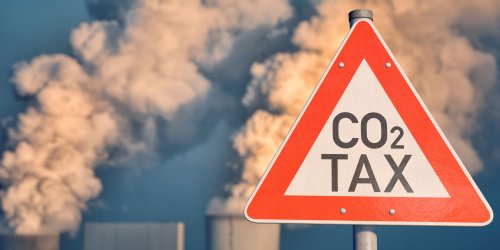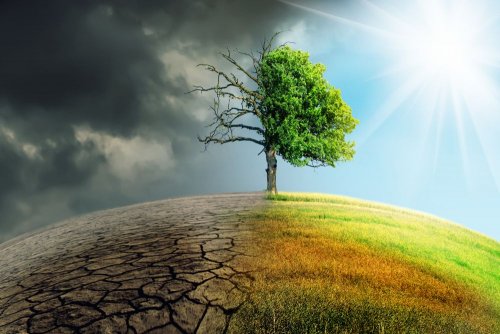Members of the Committee on Industrial Ecology and Sustainable Development of the European Business Association presented the study "The concept of building a system for trading emissions quotas in Ukraine. The path to sustainable development, a step towards the EU."
The study is designed to start a public dialogue regarding the creation of a market for trading greenhouse quotas in Ukraine, reports EBA.
Specialists investigated international practices of trading emission quotas (ETS) and the possibility of their application in Ukraine. The study provides a detailed overview of the evolution of the EU ETS market, its advantages over a carbon tax, and an analysis of the main elements, including:
- scope of coverage;
- market participants and administration;
- auction mechanism;
- allocation of free quotas;
- use of funds from the sale of quotas, etc.
"ETS in the EU was created by the state, first of all, for the decarbonization of industry, that is, for business and with its direct participation. Joint consultations and gradual reforms helped build this market and at the same time leave it open to further transformations, which are still ongoing," the EBA noted.
The researchers analyzed how each structural element of the ETS can be implemented in Ukraine so that emission reduction occurs in a cost-effective way. The study contains potential conditions for the launch of ETS, in particular:
- phasing;
- scope of coverage;
- setting the upper limit of emissions;
- distribution of quotas;
- management system;
- quota validity period;
- targeting prices for CO2 emissions;
- market interventions;
- targeted use of proceeds from the sale of quotas.
"We are convinced that the findings presented in the study will be useful to state bodies, the expert community, as well as businesses on the way to integration into the European and international markets," the EBA emphasized.
As EcoPolitic reported earlier, business representatives stated that Ukraine will need at least 10 years to create a market for trading quotas for carbon emissions.





